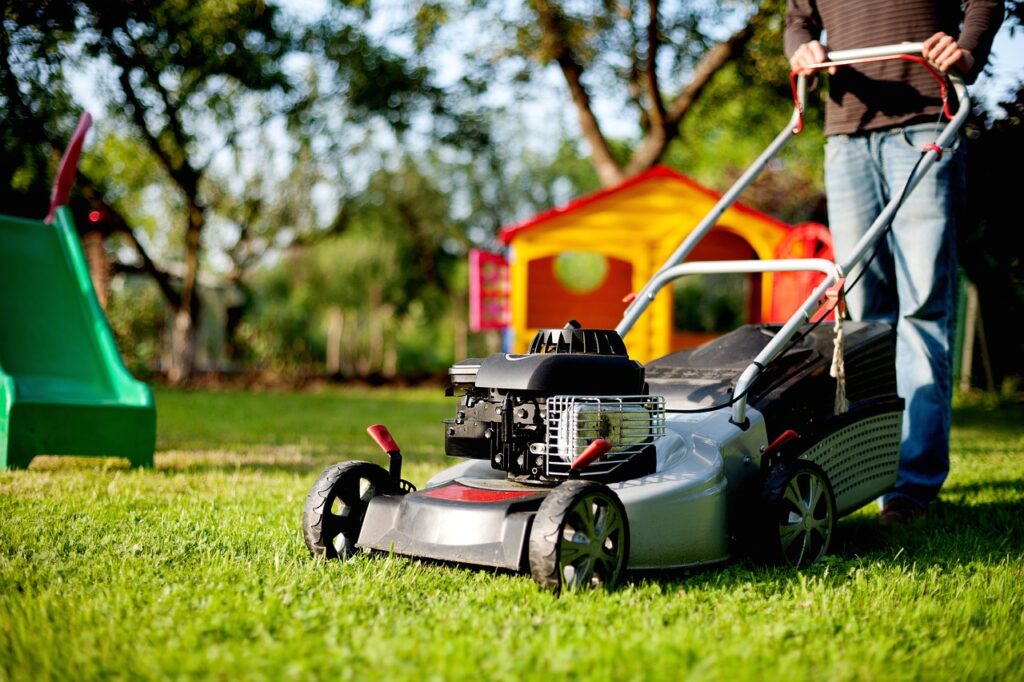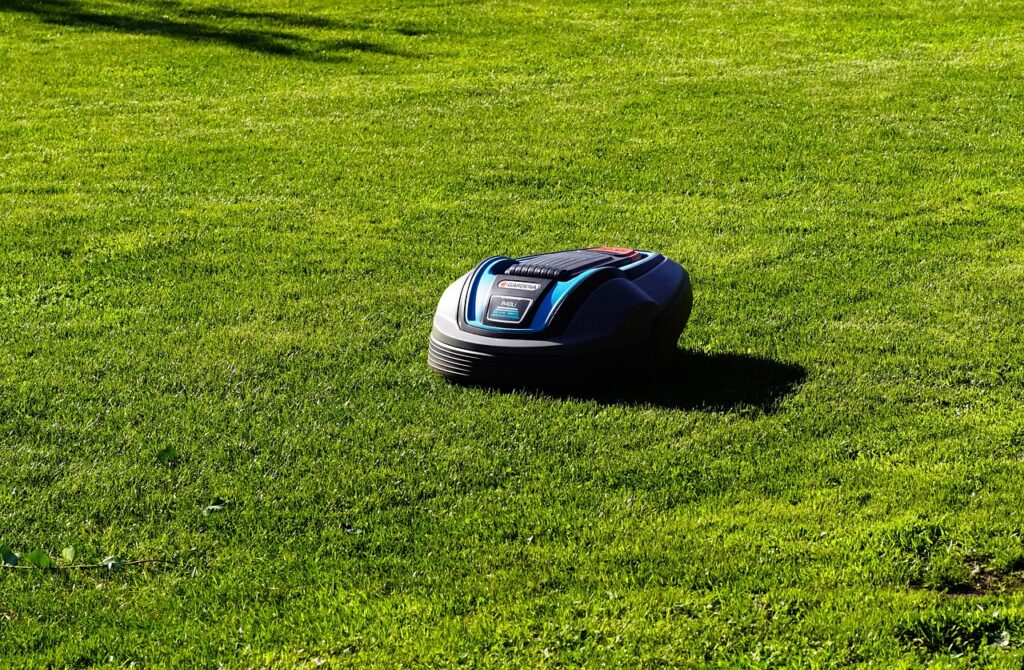Do you often put off lawn mower maintenance? You’re not alone—oil changes and upkeep aren’t the most exciting tasks. However, neglecting these routine maintenance tasks can lead to serious issues down the line, like engine damage, costly repairs, and poor mower performance. In the worst case, you might find yourself needing a replacement sooner than you’d like.
To ensure your mower runs at its best and lasts as long as possible, regular maintenance, including oil changes, is essential. Below, we’ve outlined easy-to-follow steps to change the oil in your lawn mower, along with expert tips from seasoned small engine repair specialists.
How to Change Oil in Lawn Mower?
- Loosen the cable tie securing the oil drain pipe.
- Place the oil drain pipe at the lowest position of the cutting disc and pass it out from the gap between the tracks.
- Take an empty engine oil bottle and place it at an angle, then insert the oil drain pipe into the empty engine oil bottle.
- Loosen and remove the engine oil cap.
- Turn the oil drain valve 90 degrees counterclockwise to open the engine oil drain valve at the bottom of the engine and begin draining the oil.
- Wait for several minutes to drain the oil (usually about 10 minutes, depending on the ambient temperature).
- Turn the oil drain valve at the bottom of the engine 90 degrees clockwise to close it.
- Pull back the oil drain pipe and fix it in the designated position.
- Add new special engine oil (if there is no engine oil in the engine, add 3L).
- Use the dipstick to measure the amount of engine oil added and make sure it is within the specified range.
Essential Lawn Mower Maintenance Tips
To keep your lawn mower running smoothly, it’s important to perform these key maintenance tasks each season:
- Change the Oil: Make oil changes part of your fall winterization routine or tackle it first thing in the spring to ensure optimal engine performance.
- Sharpen and Balance Blades: “Blades should be sharpened two to three times a year,” says Lemelin, “and properly balanced” to maintain cutting efficiency and prevent uneven wear.
- Replace the Fuel Filter: The fuel filter prevents dirt and debris from clogging the engine’s fuel system. Replace it once per season to ensure smooth fuel flow and proper engine function.
- Keep Debris Out of Your Fuel Container: Always close portable fuel containers (gas cans) when not in use and clean them regularly. “This keeps dirt from contaminating your gas,” explains Lemelin.
- Change the Air Filter: Most mowers have a two-part air cleaner: a paper filter and a reusable sponge pre-filter. Replace the paper filter each season and clean the pre-filter by washing it with soapy water.
- Clean the Mower Deck: Grass buildup under the mower deck, especially from mowing wet grass, can impact performance. Clean both the top and underside of the deck regularly throughout the season.
- Inspect the Belts: Visually check the belts at least once a season for signs of wear or damage. Replace any loose, fraying, or worn belts. Most mowers have two key belts: one from the motor to the transmission and another from the motor to the blades.
Related Post: How to Maintain Your Robotic Lawn Mower
Wrapping Up
Regular lawn mower maintenance may not be the most exciting task, but it’s essential to keeping your mower in peak condition. By performing simple tasks like oil changes, sharpening the blades, and cleaning the mower deck, you can significantly extend the lifespan of your mower and avoid costly repairs. A little effort each season will ensure that your mower runs smoothly, efficiently, and reliably, season after season. Don’t wait until your mower breaks down—take the time to care for it now and enjoy a well-maintained lawn all year long.


